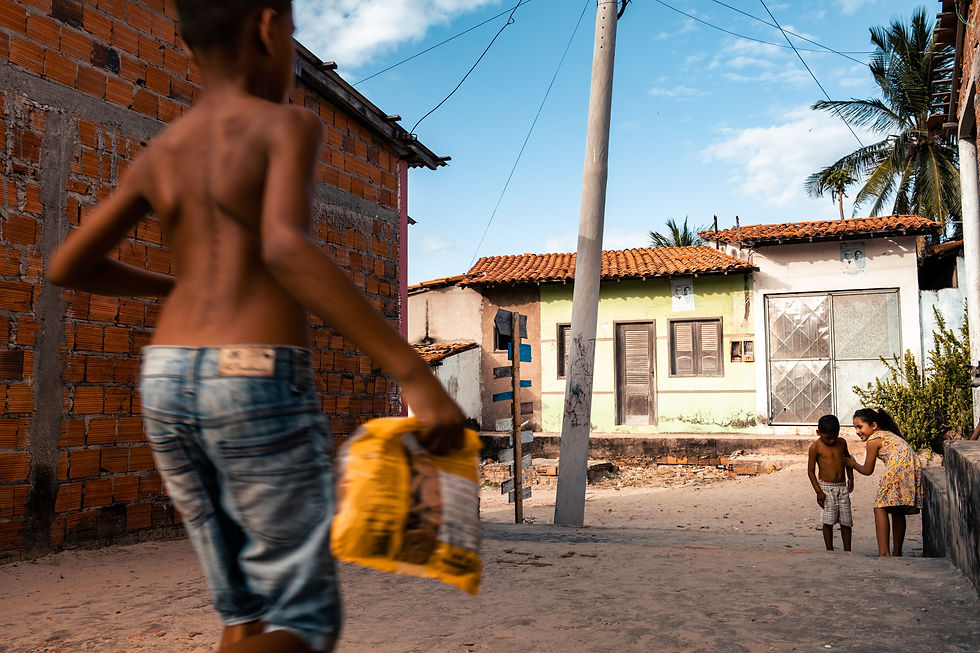Sustainable architecture: paper houses
- Editorial Team SDG11

- Dec 27, 2022
- 2 min read
Updated: Apr 24, 2023

Paper and cardboard are increasingly becoming a building material. Japanese architect Shigeru Ban is a pioneer of the material and is constantly demonstrating new projects with it.
A car made of cardboard - the car brand Citroën has shown the way with its Oli model. To make the innovative electric vehicle durable, the carmaker honeycombed the cellulose and applied plastic coatings to it. For decades, Japanese architect Ban Shigeru has been demonstrating that this idea has far greater potential with his buildings and structures made of paper.
His most recent papering projects this year have been in Ukraine, Poland, Slovakia, Berlin and Paris. In 14 evacuation centers, a system of relatively thin cardboard tubes was set up for war refugees, allowing curtains to divide large rooms into small private séparées. The system was first used in Japan in 2011 - after the earthquake, tsunami and nuclear disaster - to give the homeless some privacy even in large gymnasiums. But the building material is also suitable for large structures exposed to wind and weather, the well-known top Japanese architect repeatedly demonstrated.
Supported by hollow cardboard tubes
The latest major structure is a restaurant in Hyogo Prefecture, built in the style of classic Japanese thatched farmhouses. In order to keep costs down, the 27 load-bearing columns and the mighty cross-connections were not made of tree trunks, as was customary in the past, but of hollow cardboard tubes.
However, the architects had to cheat a little when it came to the building material such as the thatched roof, because Japanese building regulations did not permit pure cardboard or a classic Japanese thatched roof. It is true that Japan once allowed cardboard back in the mid-1980s. However, the rules at that time no longer apply. Cardboard projects must therefore apply for special permits.
To avoid this hassle, the team mixed wood into the cardboard compound. The Japanese thatched roof method was also not permitted in this case. As a result, they covered the roof in European style. The 293-square-meter building has now been standing since 2021.
Noble stroke for paper as a building material
The idea came to him right after he had completed his architecture studies in the USA. At the time, he used paper because he had no money for wood, he recounted in 2015. In 1995, he built his first officially approved house: a weekend cabin for himself. However, it ultimately served only as a demonstration object.
Then in 2000, paper as a building material received the official stamp of nobility from Japan's government. Ban was allowed to build the Japanese pavilion for the World Expo in Hanover. One idea was to make it as recycle-friendly as possible. Paper tubes, spanned with treated paper formed the elongated dome. The foundation was made of sand, not concrete, to create less waste.
The process of developing structures with the least possible negative influence on the environment is known as sustainable design. It lessens the detrimental effects of construction on the environment while also promoting the health of the building's residents. Sustainability in all kind of ways is a pressing issue when it comes to achieving the Sustainable Development Goals and does not only affect the global society but everyone. We cannot continue to put off taking action to combat the climate issue. Acting is best done right away.
More information: https://www.dezeen.com/2022/11/25/farmers-restaurant-thatch-cardboard-shigeru-ban/



